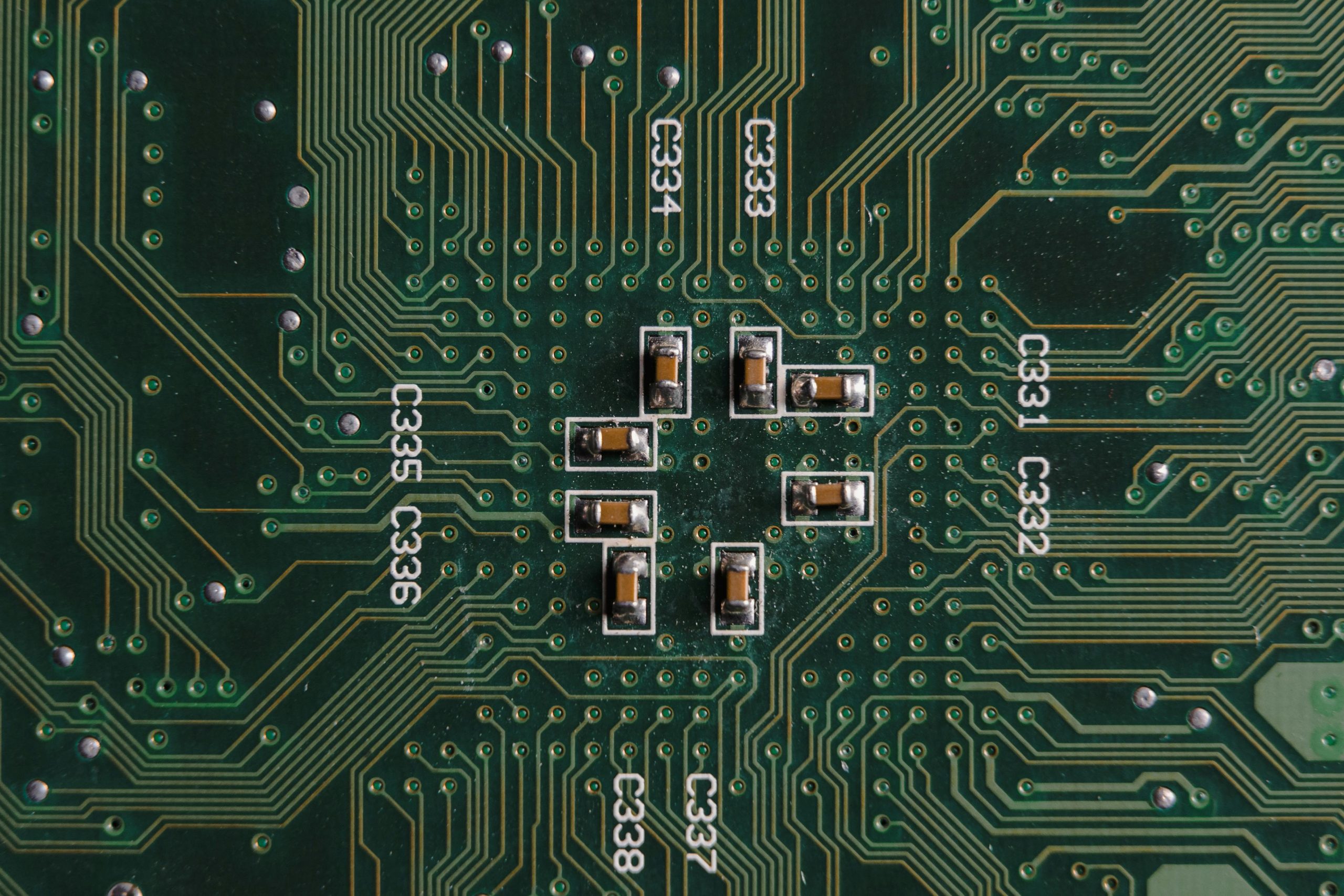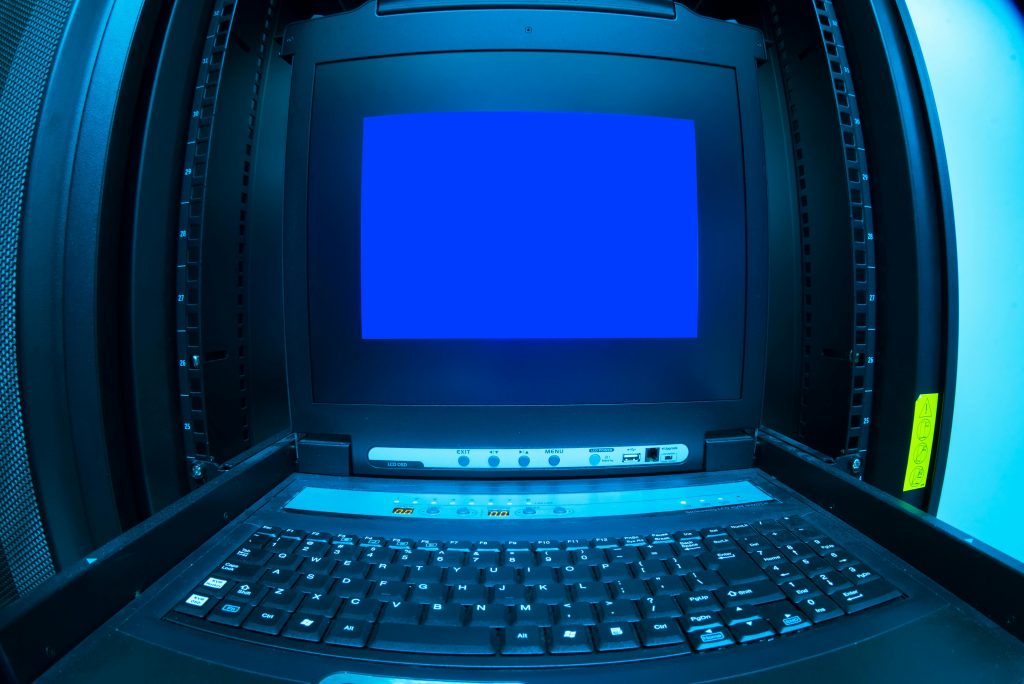Recovering Data from a Samsung Galaxy Tab A9 with a Damaged Motherboard: Is Data Salvage Possible?
Losing access to important data due to hardware failure can be a distressing experience, especially when the device in question is a vital tool for work, study, or personal use. Recently, a user reached out seeking advice about a Samsung Galaxy Tab A9 that suffered motherboard damage, with the primary goal of recovering essential files stored on the device.
Understanding the Situation
The core issue appears to be a damaged motherboard, rendering the tablet inoperable. This prevents standard data access methods, such as turning on the device or transferring files via USB. The user’s situation underscores a common challenge faced by many: retrieving data from devices that no longer function due to internal hardware issues.
Is Data Retrieval Viable Without Power?
Generally, accessing data from a smartphone or tablet’s internal storage requires the device to be powered on or at least recognizable by a computer through a direct connection. When the motherboard is compromised, especially if it prevents powering the device or establishing a connection, traditional methods of data transfer become impossible.
Exploring Data Extraction Methods
Despite the hardware failure, there may still be avenues for data recovery:
-
Disassembling the Device:
Carefully dismantling the tablet to access internal components, particularly the storage chip, can be considered. This process often requires specialized equipment and technical expertise, as internal components are delicate. -
Direct Access to Storage:
The internal storage of Samsung Galaxy Tab A9 is typically integrated into the motherboard as eMMC memory. In some cases, if the storage chip can be identified and physically removed, it can be connected to a compatible external reader or programmer, allowing data extraction. -
Professional Data Recovery Services:
Due to the complexity and specialized tools required, consulting data recovery professionals is often the safest and most effective approach. They have the experience and equipment necessary to recover data from damaged devices.
Limitations and Considerations
-
Device Compatibility:
Not all storage chips are accessible or removable without extensive disassembly and technical knowledge. -
Risk of Further Damage:
DIY attempts to dismantle or extract internal components may result in irreversible data loss, especially if not performed correctly. -
Cost and Feasibility:
Data recovery can be costly, and success is not guaranteed, particularly if the storage device itself is damaged.
Practical Advice
If data recovery is
Share this content:



